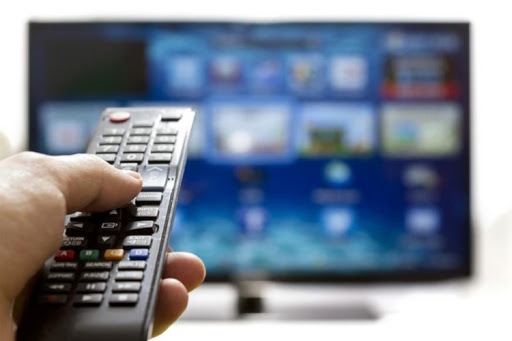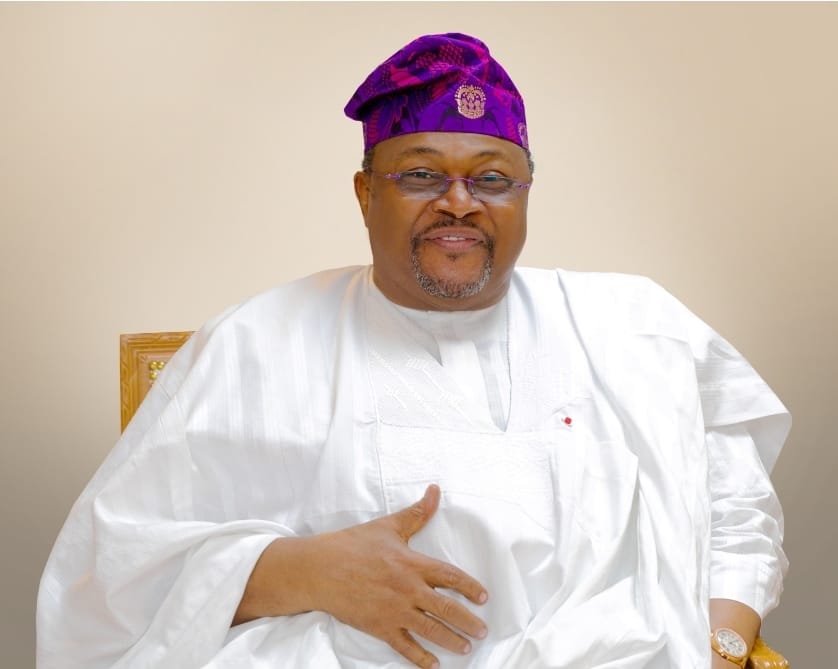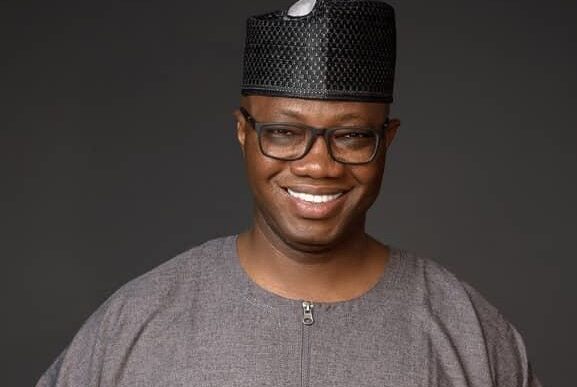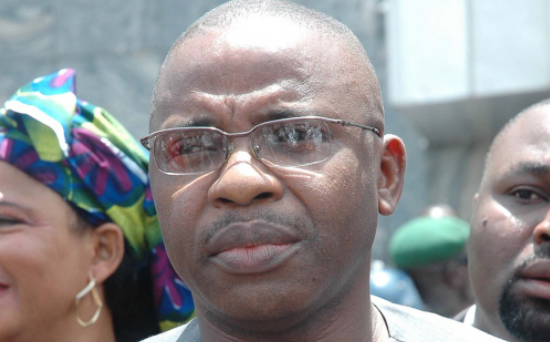BY EMMANUEL ABIODUN
One of the most persistent demands from customers of Nigeria’s pay television services is the implementation of a Pay-Per-View model. Many viewers believe that this model would make pay television more affordable, as it allows them to pay only for the content they actually watch.
Over the years, this demand has intensified, leading to various expressions of support from the National Assembly at different times.In September 2022, an ad-hoc committee, following a motion by Senator Abba Moro, invited pay television service providers to a public hearing focused on tariffs and billing models. According to media reports, the National Broadcasting Commission (NBC), the industry regulator, was present at the hearing.
In 2016, the Senate established an ad-hoc committee to address a motion introduced by Senator Isah Misau regarding adopting a “pay-as-you-use” model. This motion was supported by Senator Bala Na’Allah, Deputy Senate Leader at the time.
In 2020, Alhaji Lai Mohammed, Information Minister at the time, sought the support of the House of Representatives to have pay television companies adopt a pay-as-you-go model, which, like the pay-as-you-use model canvassed by the Senate, is used interchangeably. Consumer groups also have agitated for pay-per-view.
Advertisement
At first glance, the demand makes sense. After all, mobile networks let you pay only when you talk or surf. So why can’t satellite TV work the same way? Well, they cannot. In an interview on ChannelsTelevision’s Sunrise Daily, the stations’s flagship current affairs programme, Dr. Babatunde Irukera, CEO of the Federal Competition and Consumer Protection Commission (FCCPC), explained that pay television and mobile telephony operate differently.
Former FCCPC boss Babatunde Irukera explains it best: “Pay-TV operates differently. Content is already produced and licensed; what you’re paying for is access. How you use that access is entirely up to you.
What is Pay-Per-View (PPV)?
Advertisement
It is a model where you pay to view one specific event, usually a big-ticket, one-off event. Think of a boxing bout, a UFC fight, or a live concert. In countries like the US, viewers pay between $50 and $100 per event. For instance, the 2024 Tyson Fury-Oleksandr Usyk cost American viewers around $89.99 (about ₦144,000 at ₦1,600 per dollar). That is nearly double Nigeria’s ₦77,000 minimum wage, for a single night’s viewing. Had the fight not gone beyond the first round, the money paid would not have been rolled over for another bout.
In Nigeria, where most people earn less than ₦200,000 a month, that price tag is not just expensive, it’s absurd. Ironically, many of the same global sporting events that are sold separately as PPV abroad are already bundled into monthly Pay-TV packages here and come at no additional cost.
What About Pay-As-You-Go (PAYG)?
This is where confusion really sets in. Most people in Nigeria use PAYG interchangeably with PPV, but they are not the same thing. PAYG, in popular imagination within these shores, refers to a model where subscribers are charged only for the hours or minutes they actively watch television, like prepaid airtime. Turn off your decoder and the billing stops. Turn it on, and you resume consumption.
Advertisement
But this model is nearly impossible for Pay TV broadcasting.
“Pay-TV operates differently. Content is already produced and licensed; what you’re paying for is access. How you use that access is entirely up to you… In Pay-TV, you’re paying for content availability, not consumption by the minute,” explained Irukera.
In short, the cost lies not in how much you watch, but in making the content continuously available across an entire customer base. Whether you turn on your decoder or not, the infrastructure keeps running. Satellites still beam signals. Channels still pay licensing fees. Operations staff still work behind the scenes. Those costs are fixed.
Why the Telecoms Analogy Fails
Telecommunications is a usage-based system. Each call, text, or MB of data is metered and deducted. With Pay-TV, there is no such real-time metering of individual consumption. Content is broadcast en masse to everyone who has access. To enable per-minute billing would require a complete reengineering of the system, including hardware upgrades, real-time billing software, and renegotiated content redistribution rights.
Advertisement
This is part of why no country in the world has successfully implemented a pure PAYG model for Pay TV. Even in countries with better technology and stronger economies, monthly or annual billing remains the norm. The agitation for a la carte viewing is also partly driven by the irregularity of power supply, which makes subscribers unable to have full value on their subscription. But who gets the blame for that? Certainly not the Pay television service providers, who are also victims of the dire power supply and have to use alternative sources of power to run their cell sites and other facilities-at additional costs.
What appears as PAYG is Video-on-Demand (VOD) service like Netflix, Prime Amazon or DStv BoxOffice. Even Netflix and Prime Amazon operate monthly subscription models, which are subject to renewal after 30 days. BoxOffice requires the subscriber to rent a film for a 48-hour period. The movie can be watched as many times as time permits within the subsisting rental period.
Advertisement
Let’s Talk About Live Sports Broadcasting
Live sports broadcasting is one of the biggest reasons people subscribe to Pay-TV. But those rights come at a premium. Pay-TV companies pay eye-watering sums in dollars for exclusive access to broadcast Premier League games, La Liga, UEFA competitions, NBA, and UFC fights.
Advertisement
These deals are based on the assumption that viewers will subscribe consistently. If customers only pay on match days, the math doesn’t add up. A single Champions League match could cost viewers tens of thousands of naira if the model were recalibrated to reflect individual event billing. Even worse, Nigeria could lose access to many international rights altogether because the business would no longer be profitable.
The Nigerian Reality
Advertisement
Let’s be real. Nigeria is not yet a streaming-first country. Broadband penetration is low. Mobile data is expensive. Electricity is unstable. Most homes rely on generators, and fuel costs about ₦1,000 per litre. Now imagine streaming HD video all day and keeping your generator running just to watch a PPV boxing match that costs you ₦100,000. How is that more affordable?
The monthly subscription model, for all its flaws, spreads the cost of operations, content rights, and infrastructure across millions of viewers, making premium content relatively affordable. A PAYG or PPV-only model would exclude far more Nigerians than it would empower.
Until our economy strengthens, broadband becomes widespread, and satellite broadcasting evolves into something more interactive, the idea of Pay-Per-View and Pay-As-You-Go for Nigerian Pay-TV will remain more fantasy than a fix.
So the next time someone insists that Pay-TV companies should “be like telecoms,” ask them whether they are ready to pay ₦100,000 to watch Arsenal vs. Man City. Because that is the real cost of their idea.
Views expressed by contributors are strictly personal and not of TheCable.









